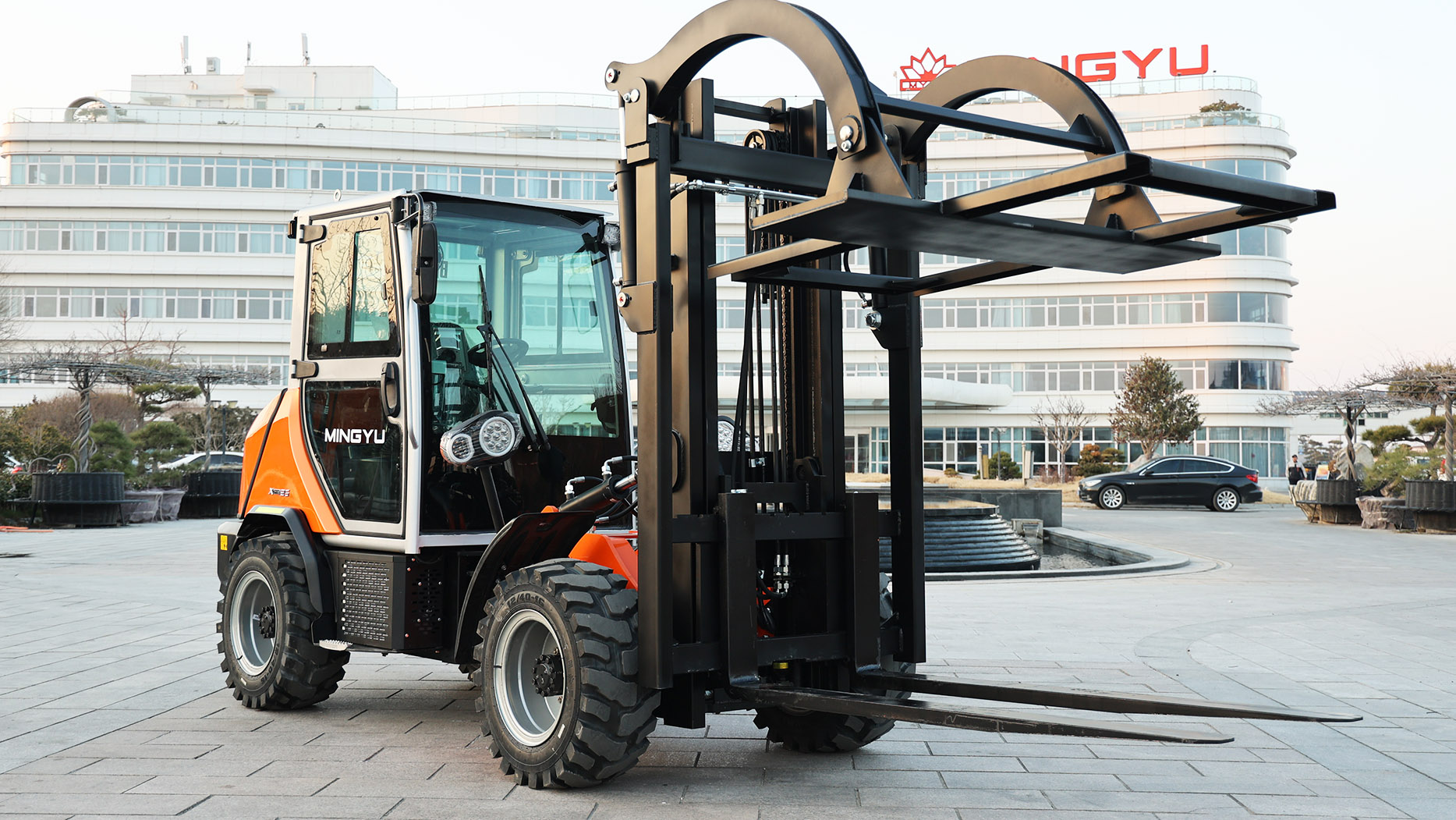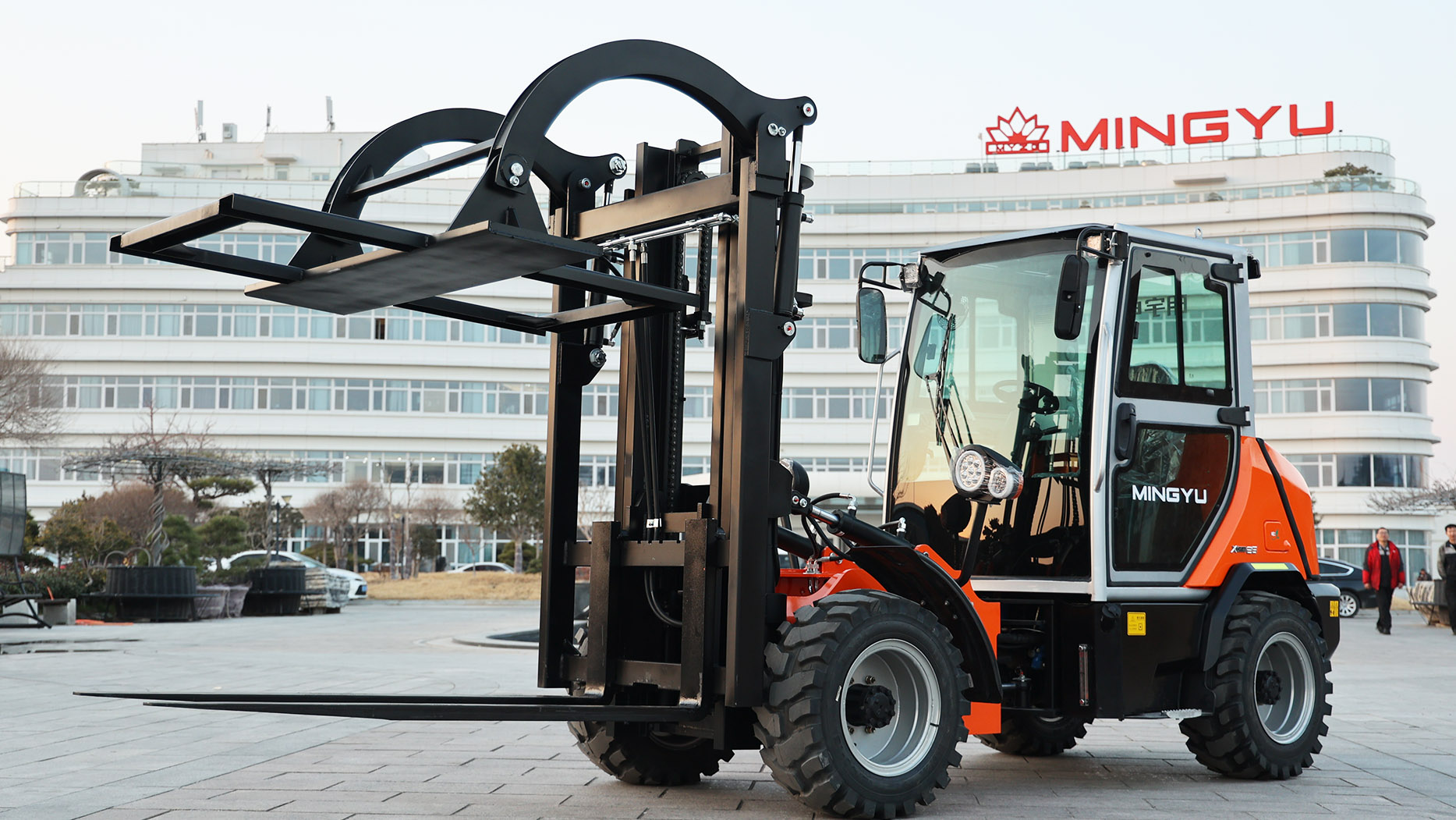1. Introduction
Forklifts are an essential piece of equipment in many industries, from warehouses and construction sites to factories and distribution centers. They are used to transport, lift, and move heavy loads over short distances. However, the surface on which a forklift operates plays a crucial role in its performance, stability, and safety. Not all surfaces are suitable for forklifts, and understanding how different terrains affect forklift operation is essential for operators and businesses. This article will explore the impact of various surfaces on forklift performance, the types of forklifts best suited for each surface, and safety precautions to ensure safe and efficient operation in different environments.
2. Factors Affecting Forklift Performance on Different Surfaces
Several factors influence how a forklift performs on various surfaces:
Weight Distribution and Stability: Forklifts rely on a balanced load distribution to maintain stability. Uneven surfaces can cause a forklift to tip over, especially if the load is not properly secured or balanced.
Tire Type and Traction Control: The type of tires on the forklift has a significant impact on its ability to grip surfaces. Pneumatic tires provide better traction on rough terrain, while solid tires are better suited for smooth surfaces.
Load Capacity and Center of Gravity: Forklifts have a specific load capacity, and their stability depends on the center of gravity. On uneven surfaces, there is a higher risk of instability, and operators need to be cautious about the weight and position of the load.
Weather Conditions and Environmental Factors: Weather conditions such as rain, snow, or extreme heat can affect the surface's traction and the forklift’s performance. Operators must adjust their driving style based on these environmental changes.
3. Common Surfaces and Their Impact on Forklift Operation
a. Smooth Concrete and Asphalt
Smooth concrete and asphalt surfaces are ideal for most forklifts. These surfaces provide a stable and even foundation, allowing for maximum control and performance. Forklifts, including counterbalance models, are commonly used on these surfaces in indoor and outdoor settings like warehouses, distribution centers, and parking lots.
Advantages: Excellent traction, smooth driving, and minimal wear on tires.
Considerations: Regular use on these surfaces can cause tire wear, and operators should avoid sudden sharp turns to prevent tipping over.
b. Rough and Uneven Terrain
Operating a forklift on rough, uneven terrain such as gravel, dirt, and rocky surfaces presents significant challenges. These surfaces can cause the forklift to lose traction, and uneven ground can make it difficult to maneuver.
Forklifts Used: Rough terrain forklifts with pneumatic tires are best suited for these conditions. These forklifts are designed with heavy-duty tires that can handle uneven surfaces and provide better traction.
Considerations: Operators need to be cautious of rocks, potholes, and other obstacles that can damage the forklift or cause accidents.
c. Wet and Slippery Surfaces
Wet and slippery surfaces, caused by rain or spills, are highly dangerous for forklift operation. The tisk of hydroplaning, losing traction, and sliding increases significantly on these surfaces.
Forklifts Used: Non-marking or rubber tires can provide enhanced grip, but even with these tires, operators need to be extra cautious.
Safety Measures: Operators should reduce speed, avoid sharp turns, and ensure proper drainage systems to minimize water accumulation. Additionally, the use of traction-enhancing materials like sand or salt can help improve grip.
d. Muddy and Soft Ground
Muddy and soft surfaces pose a significant risk to forklift operation, as they can cause the vehicle to get stuck or lose traction. Forklifts operating on these surfaces may require higher ground clearance to avoid getting bogged down.
Forklifts Used: High-clearance forklifts, with deep-tread tires, are often the best option for these conditions. In some cases, tracked forklifts or four-wheel-drive models may be necessary for optimal performance.
Considerations: Operators should avoid using forklifts on muddy surfaces unless absolutely necessary and should always consider the weight of the load being moved.
e. Snow and Ice-Covered Surfaces
Snow and ice-covered surfaces create significant challenges for forklift operators. The lack of traction makes it difficult for forklifts to move safely, and the risk of slipping and accidents is high.
Forklifts Used: For snowy and icy conditions, forklift operators can use chains, snow tires, or other modifications designed to enhance traction. Anti-slip measures should also be in place.
Safety Measures: Operators should slow down, avoid sharp turns, and maintain a steady speed to prevent accidents. Additionally, forklifts may need modifications like heaters to ensure proper operation in freezing temperatures.
f. Wooden and Metal Surfaces
Forklifts used on wooden or metal surfaces, like loading docks or ships, face the risk of slipping. These surfaces may become slick when wet or icy, and forklifts must be operated with care to avoid damaging the surface or the forklift.
Considerations: Operators need to be aware of the possibility of causing scratches or dents to metal surfaces and should avoid unnecessary turning or sudden movements.
g. Sloped and Inclined Surfaces
Navigating sloped or inclined surfaces, such as ramps or hilly terrain, is challenging for forklift operators. The forklift's stability may be compromised due to the incline, increasing the risk of tipping.
Safety Tips: Operators should drive up ramps slowly, with the load facing uphill, and ensure that the forklift is not overloaded. Forklifts with enhanced braking and weight balance systems are ideal for these surfaces.
4. Choosing the Right Forklift for Different Surfaces
Selecting the right forklift depends on the surface and environment in which it will be used. Key factors to consider include:
Tire Type: Pneumatic tires are ideal for rough terrain, while cushion tires are better suited for smooth surfaces.
Forklift Design: For uneven or soft surfaces, rough terrain forklifts or telehandlers are preferable. For smooth, indoor environments, counterbalance forklifts or reach trucks are commonly used.
Load Capacity: Ensure that the forklift's load capacity is sufficient for the surface conditions, particularly when working on inclined or uneven terrain.
5. Safety Tips for Driving a Forklift on Challenging Surfaces
Pre-Operational Checks: Inspect the tires for wear, and check for any defects in the forklift before use.
Speed Control: Reduce speed, especially on wet, muddy, or uneven surfaces, to maintain control.
Proper Load Distribution: Ensure the load is balanced and within the forklift’s weight capacity.
Operator Training: Forklift operators should be trained to navigate challenging surfaces and aware of potential hazards.
6. Conclusion
Forklifts are versatile machines, but not all surfaces are suitable for their operation. The type of surface significantly impacts forklift performance, stability, and safety. By understanding the characteristics of different surfaces and selecting the appropriate forklift for each situation, businesses can minimize risks and enhance operational efficiency. Whether you're operating on smooth concrete or rough terrain, it's crucial to prioritize safety and choose the right forklift for the job.
Post time:Apr.11.2025



